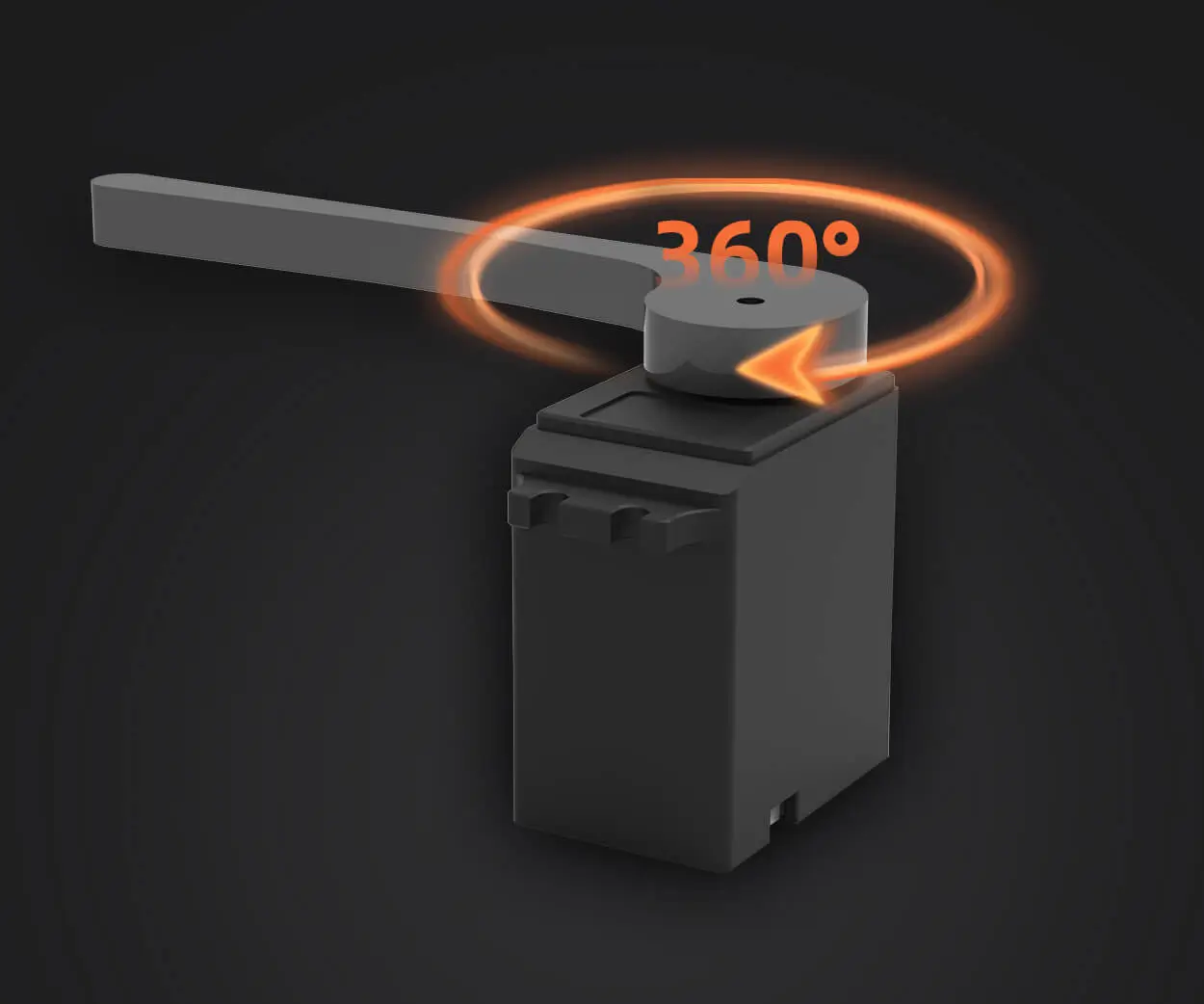Unleashing Precision: The Art of Microstepping in Stepper Motors
Imagine a world where machines move with the grace and accuracy of a ballet dancer, responding instantly and smoothly to commands, whether they’re assembling tiny electronic components, guiding autonomous robots, or crafting intricate art. This level of finesse in motion control is no longer a distant dream but a reality made possible through the fascinating technique known as microstepping in stepper motors.

Understanding the Basics of Stepper Motors
Before diving into microstepping, it’s important to grasp what a stepper motor is and why it’s so central to modern motion systems. A stepper motor is a type of electric motor that moves in discrete steps. Instead of spinning continuously like a typical motor, it moves incrementally in precise angular steps, translating electrical pulses into controlled mechanical movement. This inherent ability to position precisely without the need for feedback systems makes stepper motors ideal for applications requiring exact positioning, such as 3D printers, CNC machines, and camera autofocus mechanisms.
The fundamental unit of movement in a stepper motor is the step. The number of steps per revolution varies depending on the motor design, commonly ranging from 200 to 400 steps per full rotation. For a 200-step motor, each step corresponds to 1.8 degrees of rotation. However, while this offers a good level of precision, many industrial and hobbyist applications demand even finer control—enter microstepping.
The Essence of Microstepping
Microstepping is a control technique that subdivides each full step into smaller, more manageable parts called microsteps. By carefully adjusting the current in the motor's stator windings, the driver can position the rotor at intermediate points between the full steps, effectively creating a smoother, more refined motion profile.
Imagine turning the steering wheel of a car. With full steps, it’s like turning it in large, discrete increments—your car lurches from one fixed position to another. With microstepping, it’s akin to making gentle, subtle adjustments, resulting in a much smoother ride. For machinery, this translates into quieter operation, higher positional accuracy, and minimized mechanical vibration, all critical for delicate tasks or high-speed applications.
How Microstepping Works: The Technical Perspective
At the core of microstepping is the control of current in the motor coils using a specialized electronic driver. These drivers modulate the phase current waveforms to produce specific intermediate rotor positions. Typically, they use sinusoidal or approximated wave patterns to excite the windings, creating a magnetic field that pulls the rotor towards a position between full steps.
To illustrate, consider a basic sinusoidal microstepping pattern. When the current in the phase A coil is at its maximum and phase B is at zero, the rotor aligns with the full step. When the currents are adjusted so that both phase A and phase B have equal, intermediate amplitudes—say 50% of maximum—the rotor is positioned halfway between two full steps. By continuously varying the currents in a sinusoidal fashion, the driver effectively “steps” the rotor through an infinite number of tiny positions, achieving microsteps.
Types of Microstepping
Microstepping can be implemented at various resolutions, depending on the number of subdivisions per full step. Common configurations include:
Half-Stepping: Dividing each full step into two, doubling the resolution. It helps improve smoothness with minimal complexity.
Quarter-Stepping: Four microsteps per full step, a step further toward fluid motion.
Eighth-Stepping, Sixteenth-Stepping, and Beyond: These higher microstepping ratios—such as 1/8, 1/16, or even 1/128—offer increasing resolution. Achieving these levels requires sophisticated drivers with precise control algorithms.
While higher microstepping ratios provide finer control, they also introduce challenges—most notably, the decreasing torque available at microstep positions and potential issues with positional accuracy.
Advantages of Microstepping
Microstepping offers numerous benefits that enhance the performance of stepper motors across a spectrum of applications:
Increased Resolution: Microstepping extends the effective number of steps per revolution, allowing for more precise positioning than standard full-step operation.
Improved Motion Smoothness: Microsteps eliminate the choppy motion associated with full steps, resulting in quieter and more vibration-free operation—crucial in sensitive environments like microscopy or semiconductor manufacturing.
Reduced Mechanical Stress: Smooth acceleration and deceleration mean less mechanical wear and tear, prolonging system lifespan.
Enhanced Dynamic Response: Finer control allows for rapid position adjustments with minimal oscillation, beneficial in high-speed machinery.
Limitations and Considerations
Despite its impressive advantages, microstepping isn't a silver bullet. At very high microstepping ratios, several issues can arise:
Torque Reduction: As you subdivide steps further, the rotor’s magnetic holding torque at each microstep diminishes, potentially compromising load capacity.
Microstep Accuracy: The actual position may deviate slightly from the microstep, especially under load or at high microstepping ratios, due to magnetic nonlinearities and electrical limitations.
Driver Limitations: Not all microstepping drivers are created equal; some may produce more sinusoidal current waveforms than others, influencing the effectiveness of microstepping.
Real-World Applications and the Future
Microstepping is the backbone of many precise positioning systems today. From stretching the limits of 3D printer resolution, enabling delicate robotic surgeries, to expanding the horizons of automation in manufacturing, the technology continues to evolve. Modern stepper drivers incorporate advanced microcontroller algorithms, sensorless feedback loop integrations, and adaptive microstepping modes to push the boundaries further.
As control electronics become more sophisticated and computational power surges ahead, the future of microstepping looks bright. We can anticipate even higher microstepping ratios with improved torque characteristics, alongside smarter, self-correcting control systems that make the microstep inaccuracies a thing of the past.
In the next part, we’ll explore practical considerations for implementing microstepping, evaluate its impact on performance in specific applications, and delve into innovative ways to optimize your stepper motor systems for maximum precision. Stay tuned for a detailed journey into mastering microstepping’s potential!
Leveraging innovations in modular drive technology, Kpower integrates high-performance motors, precision reducers, and multi-protocol control systems to provide efficient and customized smart drive system solutions.




































